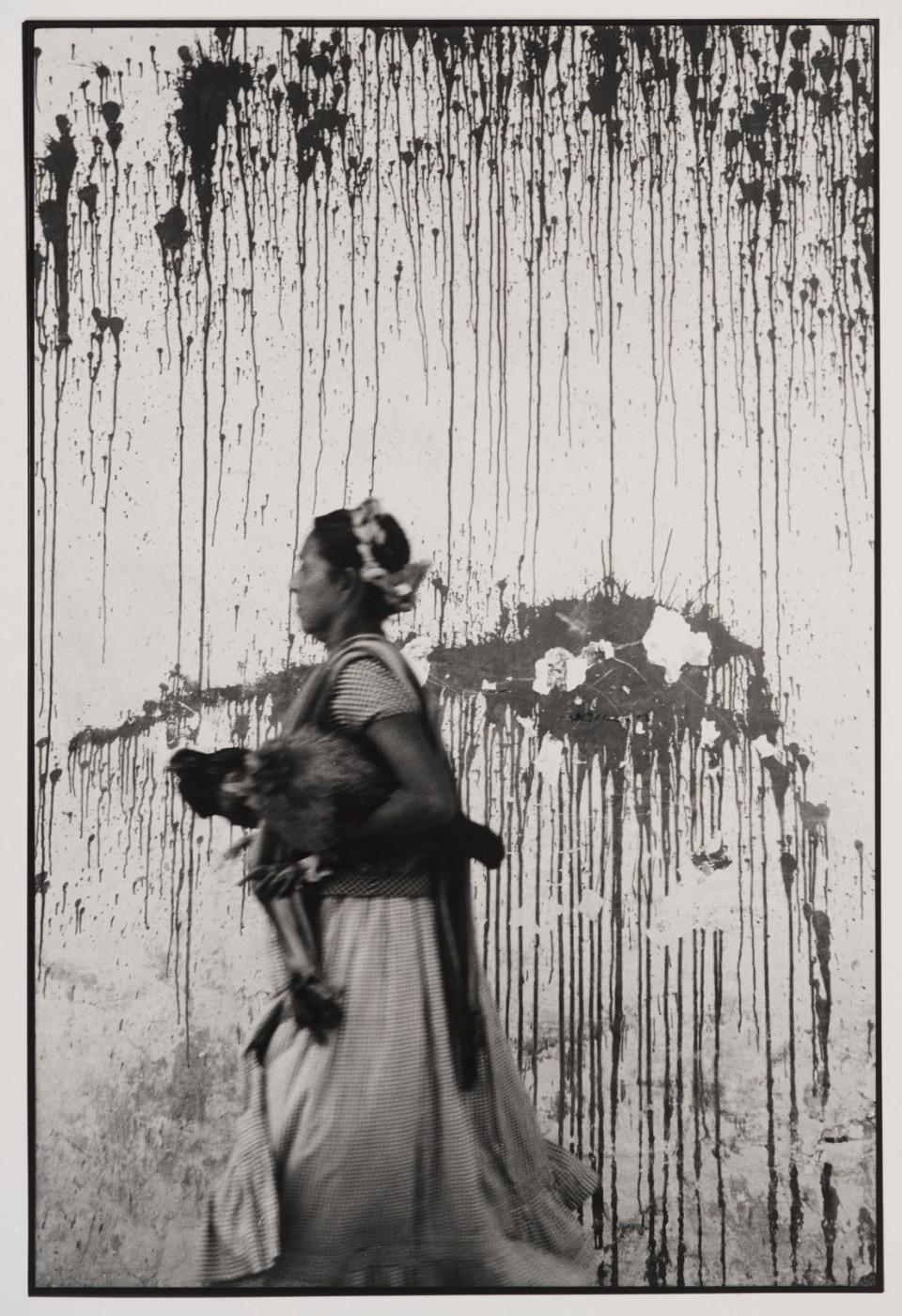Graciela Iturbide, one of the most prolific and insightful documenters of life and culture in Mexico, is sharing her vision of a complex nation at the Museum of Fine Arts Boston (MFA Boston). Graciela Iturbide’s Mexico features nearly 140 photographs and is the first major East Coast presentation of the artist’s work. The exhibition encompasses almost five decades of a career spent shedding light on the diverse cultures of Mexico.
Since 1969, Iturbide (born 1942) has captured the nuances of a changing of Mexico. Iturbide describes her methods as intuitive, and through her unconscious seeing and documenting, is able to capture moments that are both intimate and profound, emblematic of the dual natures of Mexico. A culture that is deeply traditional while rapidly growing and changing emerges, as evidenced by the visual and cultural themes that are present in Iturbide’s photographs. Death is a recurring theme, and one that has shaped Iturbide’s career, since the loss of her young daughter in 1970 led the artist to pursue photography. She also identifies healing and as a major theme, and birds, symbols of freedom and change, frequently appear.



































